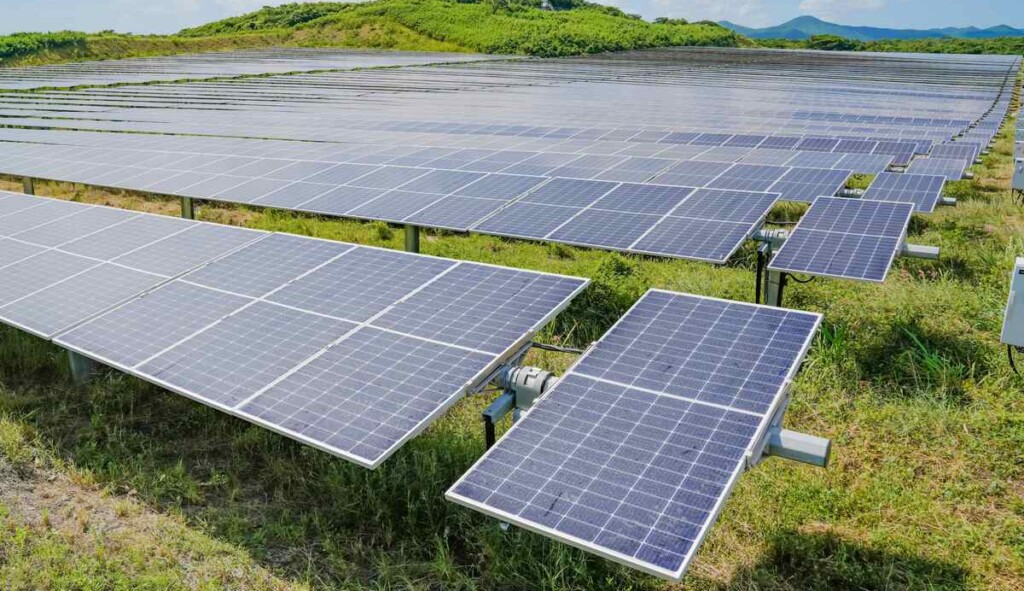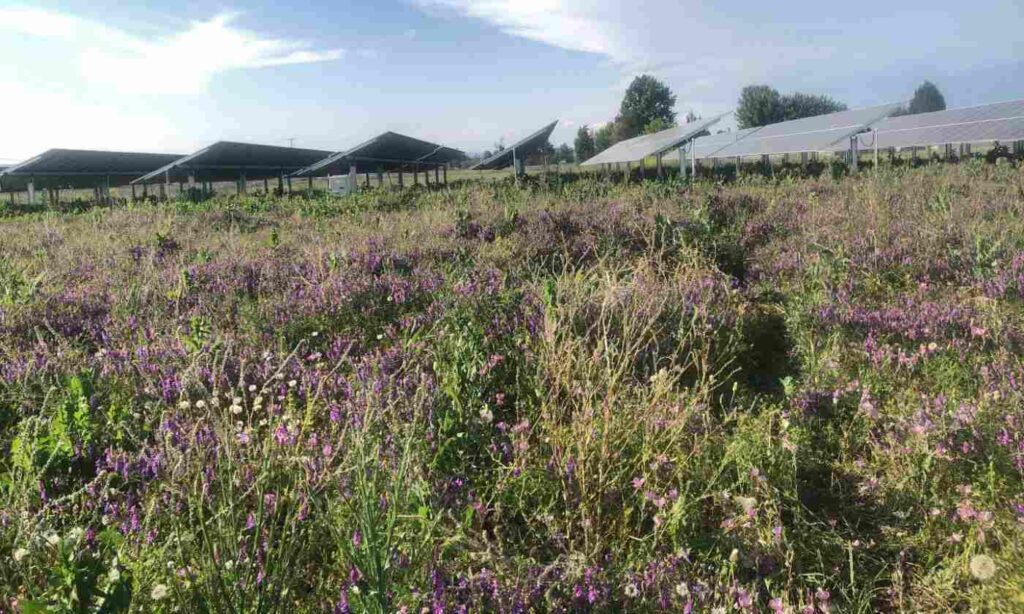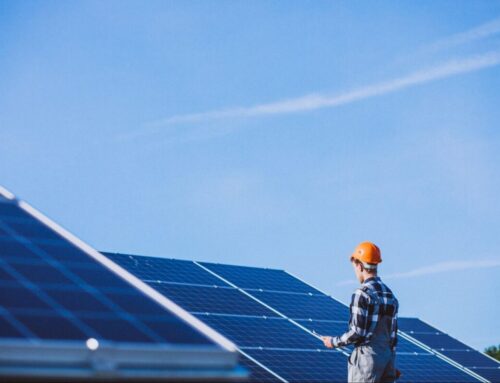Experts Demonstrate How Solar Farms Can Become Hubs for ‘Biodiversity Enhancement’ at Every Level
November 4, 2024

In the same way that artificial coral reefs can jumpstart marine ecosystems, solar farms, if they’re constructed properly, can create more biodiversity than agricultural fields.
That’s the key point a coalition of Australian planners and researchers are trying to get across to land developers in the state of New South Wales (NSW), where a flat, grassy, sometimes riparian ecoregion called the Tablelands is seen as an optimal place for solar power stations.
In a planning guide entitled: Better Biodiversity on Solar Farms, innovative strategies and evidence are compiled that show how solar farms, often criticized as land-hogging eyesores, can be set up in a way that not only makes room for native biodiversity, but contributes actively to its flourishing.
The strategies are referred to as agrivoltaics and conservoltaics.
Regarding the former, GNN has already reported that it can benefit biodiversity, and can include obvious strategies like allowing native grasses, herbs, and forbs to grow underneath the solar panels which can remain pasture for animals like sheep and cows.
In both strategies, nature can complement technology. Rich groundcover vegetation growing underneath a solar panel has been shown in multiple studies to keep the panel cooler, thereby allowing it to generate electricity more efficiently. Surrounding a solar farm with a high hedge of native shrubs blocks the accumulation of dust and dirt blown off country roads, while also offering a haven of shelter and security to many native species.
“Planning a renewable energy development offers a chance to consider shared land use,” NSW regional coordinator for the Community Power Agency Heidi McElnea explains. “We know from projects being developed in Europe, the US and now emerging in Australia, that conservation and agriculture don’t need to come off second best to renewable energy.”
OTHER WAYS TO DO AG: This Wonder Tree is a Game-Changer for Rainforest Agriculture in Honduras And Deforested Sites Worldwide
The guide suggests that degraded agricultural land makes for a perfect site for solar projects as the landscape needs to be regenerated eventually anyway, while existing infrastructure like roads and grid connections can save developers money.
In other cases, where new developments are taking place, byproducts of leveling the ground such as rocks and logs can be set aside for later use reconstructing habitats for reptiles and insects in and around the solar farm.

“Similar to artificial reefs in aquatic ecosystems, solar farms can serve as hubs for biodiversity enhancement, introducing structural complexity into the environment and providing crucial shelter and habitat for various species,” University of New England (Australia) researcher Dr. Eric Nordberg explained to ESD News.
OTHER WAYS TO DO SOLAR: California Begins Covering Canals with Solar Panels to Fight Drought
Using tracking systems that turn the solar panels to follow the path of the Sun throughout the sky helps ensure adequate sunlight to vegetation underneath the panels, while higher mounting racks can allow mammals to move underneath and use them for shade.
Any developer looking to build in the NSW countryside has to assess the biodiversity score of the property pre and post-development via a points total, and pay for credits to make up for each point lost under a certain requirement.
Part of that total will be the Vegetation Integrity Score, and it’s usually assumed until proven otherwise that this VIS will be zero, amounting to a significant addition in terms of cost and time for any project that could, by contrast, potentially be completely avoided by following the methods for cultivating native grasslands and habitat outlined in the guide, the authors conclude.
SHARE The Evolution Of the Solar Farm With Your Friends…
Search
RECENT PRESS RELEASES
Related Post




